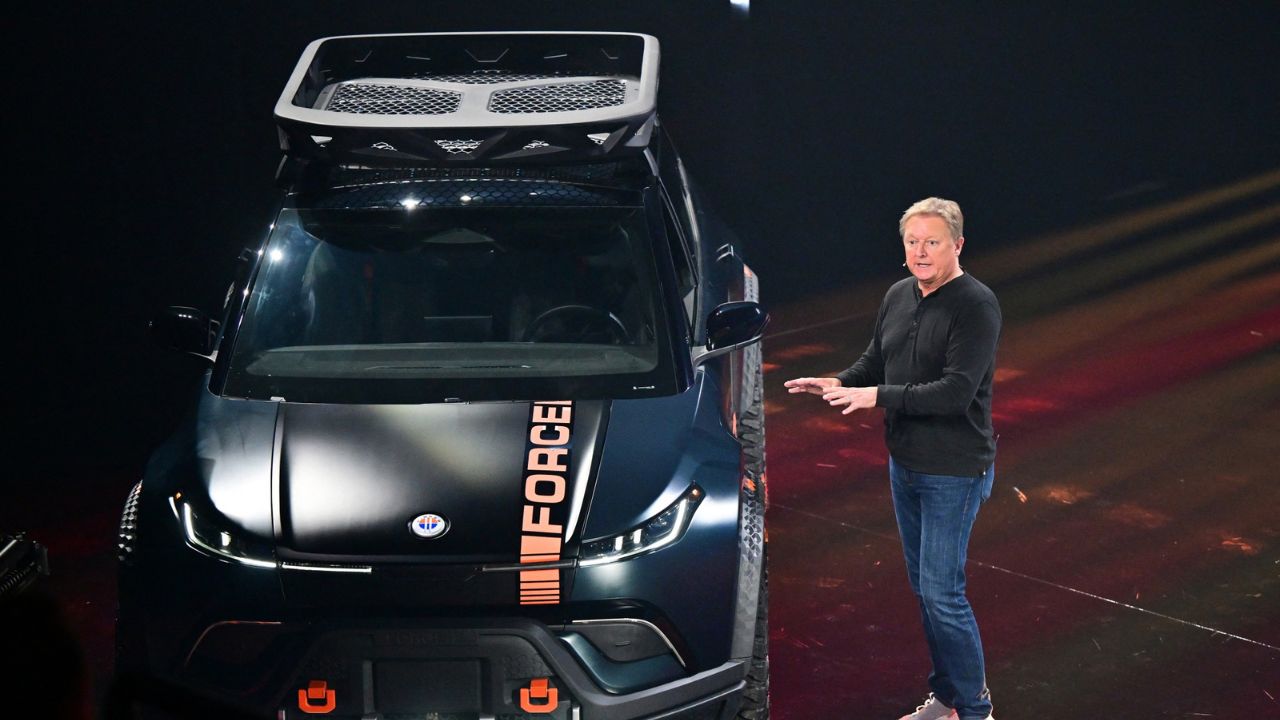Fisker, the electric vehicle startup, has made headlines again, this time not for its innovative designs, but for hiring restructuring advisers amidst mounting speculation of a possible bankruptcy filing.
The move, reported by the Wall Street Journal and citing sources familiar with the matter, underscores the financial challenges facing the company as it navigates through a turbulent period in the electric vehicle market.
Financial Advisory Engagement: FTI Consulting and Davis Polk on Board
According to the report, Fisker has enlisted the expertise of financial adviser FTI Consulting and the law firm Davis Polk to explore options, including a potential bankruptcy filing.

This strategic move signals Fisker’s proactive approach to addressing its financial woes and underscores the seriousness of the situation.
However, Fisker declined to provide any comment on the matter, leaving investors and industry analysts speculating on the company’s next steps.
Facing Going-Concern Risks and Seeking Partnerships
Earlier this month, Fisker issued warnings about going-concern risks, announced job cuts, and halted investments in future projects until it secures a partnership with a manufacturer.
These measures reflect the company’s efforts to shore up its financial stability and navigate through a challenging period in the competitive electric vehicle landscape.

The decision to seek partnerships underscores the importance of strategic alliances in the automotive industry, particularly amidst the rapidly evolving landscape of electric vehicles.
Nissan Partnership Talks and Industry Speculation
Adding to the intrigue surrounding Fisker’s future, reports emerged earlier this month suggesting that Nissan was in advanced discussions to invest in Fisker.
This potential deal could provide Nissan with access to Fisker’s electric pickup truck, further fueling speculation about the direction of the electric vehicle market and potential collaborations between industry players.
As Fisker grapples with financial uncertainties, the outcome of these partnership talks could significantly influence the company’s trajectory in the electric vehicle market.
